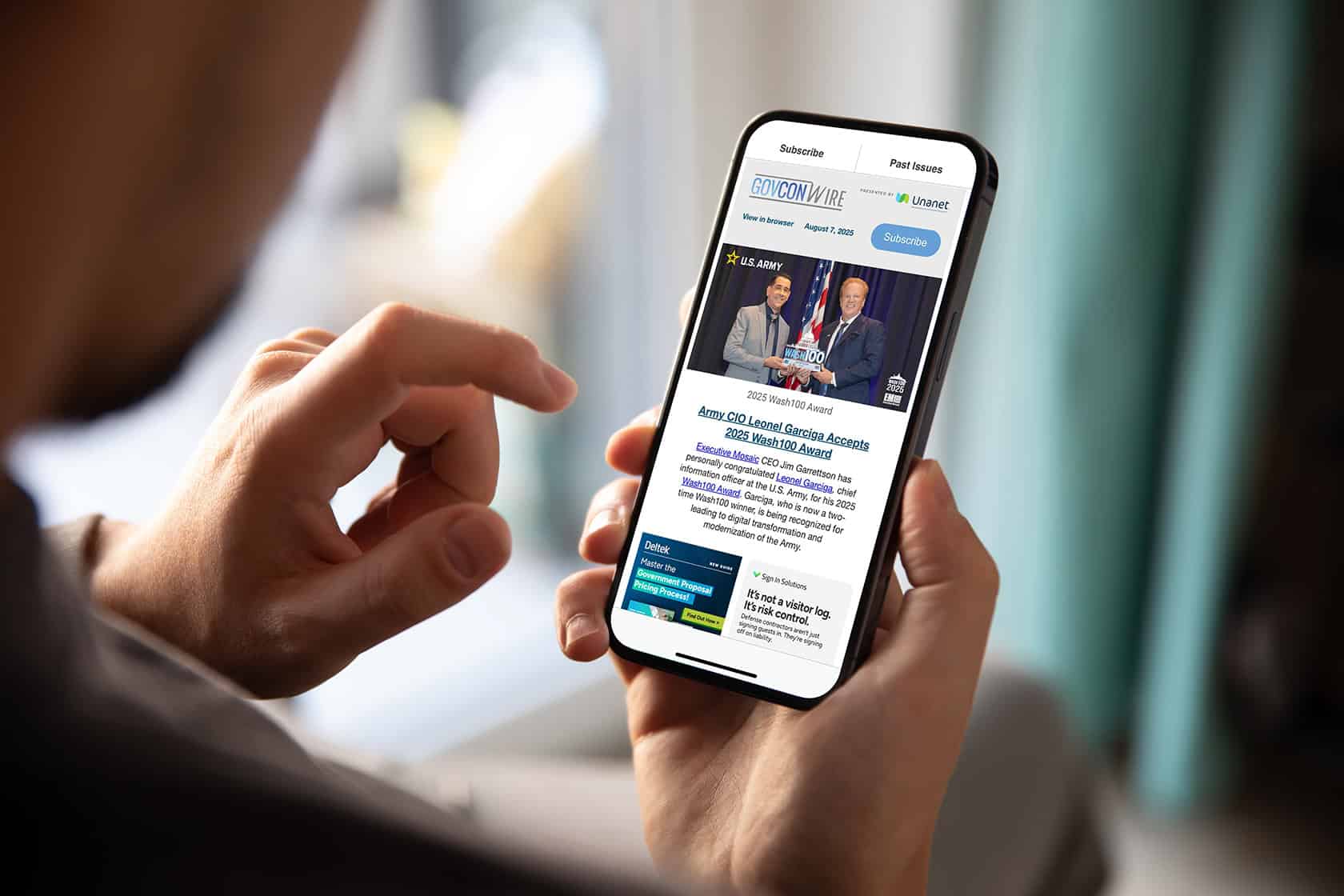
Kevin Plexico photo/PR Newswire
Home Artificial Intelligence Winning Government Contracts in the Age of AI: A Guide to Smarter Proposal Management
In today’s increasingly competitive government contracting landscape, winning proposals are no longer just about getting ahead of the bid or maintaining compliance. As federal agencies demand more from contractors, proposal teams must evolve their approach to build a pipeline of best-fit opportunities, craft compelling narratives and act before the competition in order to stand out and win more business. Fortunately, there are some new tools in the toolbox for proposal teams, with proven strategies for each stage of the request for proposal lifecycle, including the emergence of generative AI as a transformative tool.
This article outlines best practices for each stage of the RFP response process, with tips on how to create winning GovCon proposals, and explores how GenAI is reshaping proposal management, while emphasizing where human expertise remains a top priority.
Stage 1: Capture Planning — Start with Strategy
Winning begins long before the RFP drops. Capture planning is the foundation of a successful proposal. At this stage, contractors must assess the opportunity fit, understand the agency’s mission and build relationships with key stakeholders.
Doing this work well in advance of the RFP may feel like a challenge, but trust me, it pays off in the long run. A well-structured capture plan prevents last-minute scrambling and ensures your team is aligned on the solution and strategy from day one.
Best Practices
- Early engagement: Monitor procurement forecasts and engage with agency contacts to shape requirements before the RFP is released.
- Competitive intelligence: Use tools like Deltek GovWin IQ to analyze past awards, incumbent performance, and pricing trends.
- Teaming strategy: Identify potential partners early and align on roles, capabilities, and win themes.
Stage 2: Proposal Writing — Tell a Compelling Story
Once the RFP is released, the focus shifts to crafting a persuasive, compliant proposal. This is where your value proposition must shine.
Your proposal, of course, needs to hit on the technical elements and compliance requirements that the government is looking for. That’s non-negotiable. But just as important is creating a compelling narrative, your proposal should tell a story that resonates with evaluators and positions your team as the best choice.
Best Practices
- Compliance first: Build a compliance matrix to ensure every requirement is addressed.
- Win themes: Develop clear, customer-focused win themes that differentiate your solution.
- Tailored messaging: Avoid boilerplate language. Customize content to reflect the agency’s priorities and pain points.
Stage 3: Creating Win Themes — Connect With the Customer
Win themes are the emotional and strategic hooks that make your proposal memorable. They should be woven throughout the document, not just listed in the executive summary.
When you’re fine-tuning your proposal, try to think like the evaluator. What elements do they want to see? What keeps them up at night? Your win themes should speak directly to those goals and concerns.
Best Practices
- Customer-centric: Focus on outcomes that matter to the agency—mission success, risk reduction, cost savings.
- Evidence-based: Support claims with past performance, metrics and testimonials.
- Consistent: Ensure win themes are echoed in every section, from technical approach to staffing.
Stage 4: Proposal Management — Orchestrate With Precision
A disciplined proposal management process reduces stress, improves quality and increases your chances of submitting a polished, fully compliant, on-time response.
While achieving a disciplined proposal management process might sound intimidating, there are tricks you can use at this stage. A purpose-built ERP solution designed specifically for government contractors can consistently integrate your proposal data and help you comply with regulations. And a good compliance matrix will make this process far easier. There’s another benefit to using a compliance matrix — by breaking down the requirements of the RFP into manageable tasks, your matrix can make it easier to assign responsibilities to different team members.
Best Practices
- Structured timeline: Use a proposal calendar with milestones for drafts, reviews, and approvals.
- Integrated tools: Implement document management tools and purpose-build ERP tools to avoid confusion, rework and falling out of compliance.
- Roles and responsibilities: Clearly define who owns each section and who reviews for compliance, clarity and strategy.
Stage 5: Proposal Review — Refine for Impact
Before submission, your proposal must undergo rigorous review. This is your last chance to catch errors and strengthen your message.
Treat the review process as a strategic investment, not a formality. A strong final review can elevate a good proposal to a winning one.
Best Practices:
- Red team reviews: Conduct independent evaluations to simulate the customer’s perspective.
- Checklist reviews: Verify compliance, formatting, and completeness.
- Final polish: Ensure the executive summary is compelling, graphics are clear and language is persuasive.
The Rise of Generative AI in Proposal Management
Generative AI is rapidly changing how GovCon teams approach proposal development. Smart proposal teams that embrace AI tools will have an edge with greater speed, sharper accuracy and deeper insight. From drafting content to analyzing RFPs, AI tools offer speed and efficiency — but they’re not a replacement for human judgment.
GenAI can add value by saving time when creating an initial first draft of boilerplate sections, freeing up your proposal team for strategic writing and narrative-building. Tools like GovWin IQ’s AI-powered Ask Dela™ Opportunity Chat and Proposal Outlines help surface the most important lead details, such as evaluation criteria, top competitors and analyst-validated updates, then formulate an automated proposal outline that matches that specific criteria to kick-start your proposal process.
Of course, the expertise of human proposal teams is still critical. AI can’t really craft win themes that resonate with agency missions. Human reviewers are absolutely necessary to catch nuances and validate data. I certainly believe that GenAI can be a force multiplier, but the best proposal teams are those able to combine AI efficiency with human insight to create winning proposals.
Creating Winning Proposals With Confidence
Government contracting is a high-stakes game, but with the right approach, your team can consistently deliver winning proposals. By optimizing your workflows and value-additive tools at the capture planning, proposal writing, win theme development, proposal management, and review stages, you build a repeatable process that drives results.
And by embracing GenAI thoughtfully, with human intervention and oversight, you gain a competitive edge without sacrificing quality or compliance.
Sponsor
×

